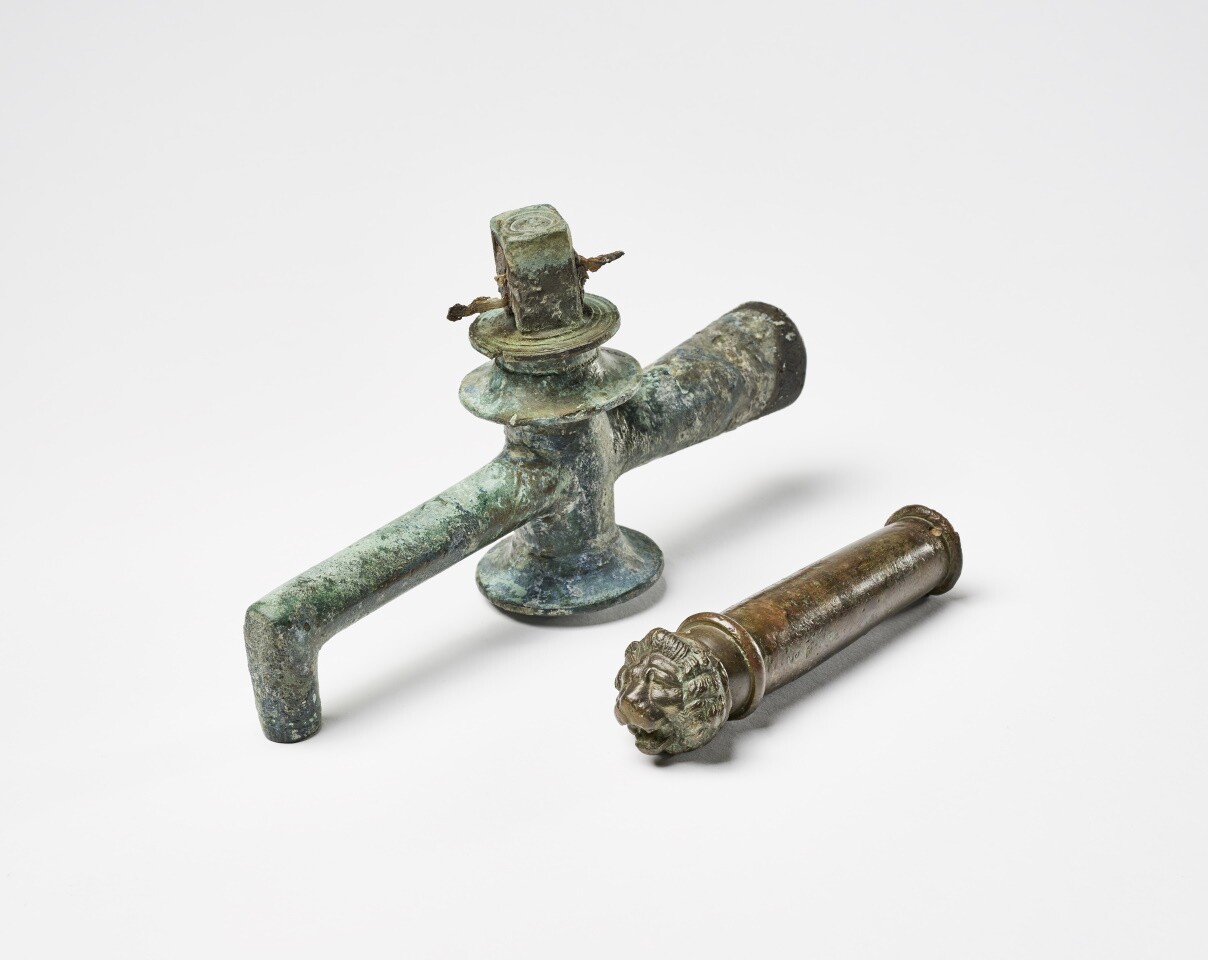In ancient times, the supply of fresh water and the disposal of wastewater in larger cities was always a challenge. The Roman civil engineers solved this problem masterfully. Aqueducts, the famous cloaca maxima in Rome, water connections in private households or public fountains as we know them from Pompeii prove this. (AVS)
en









